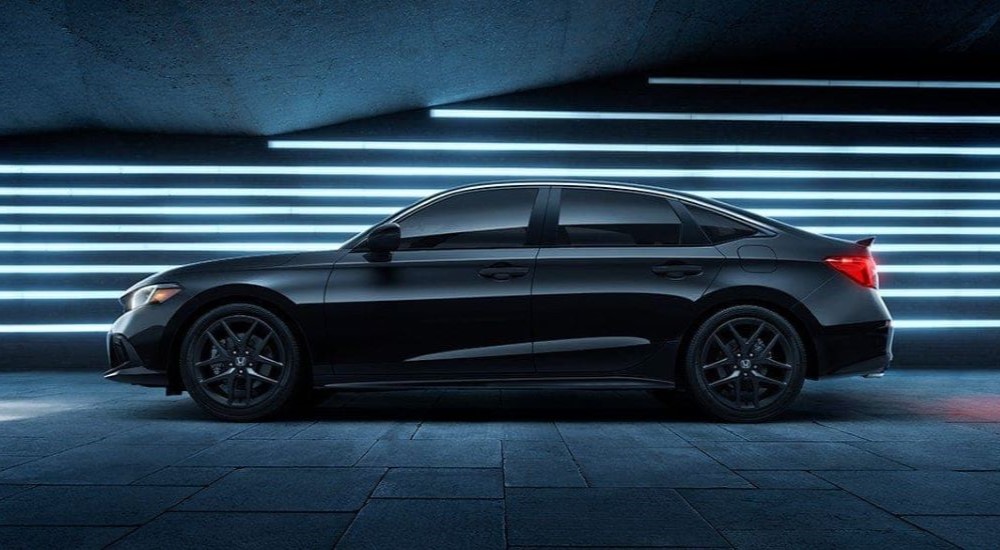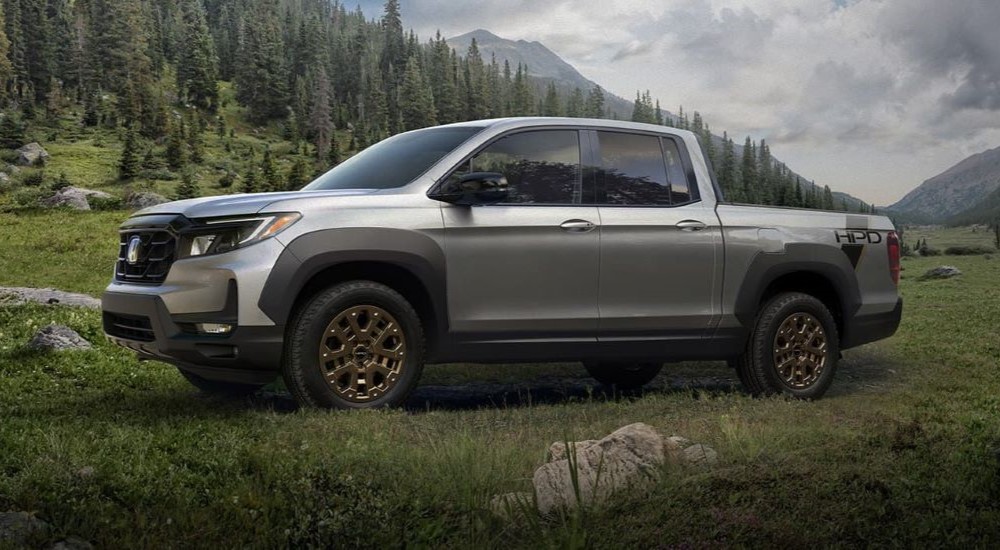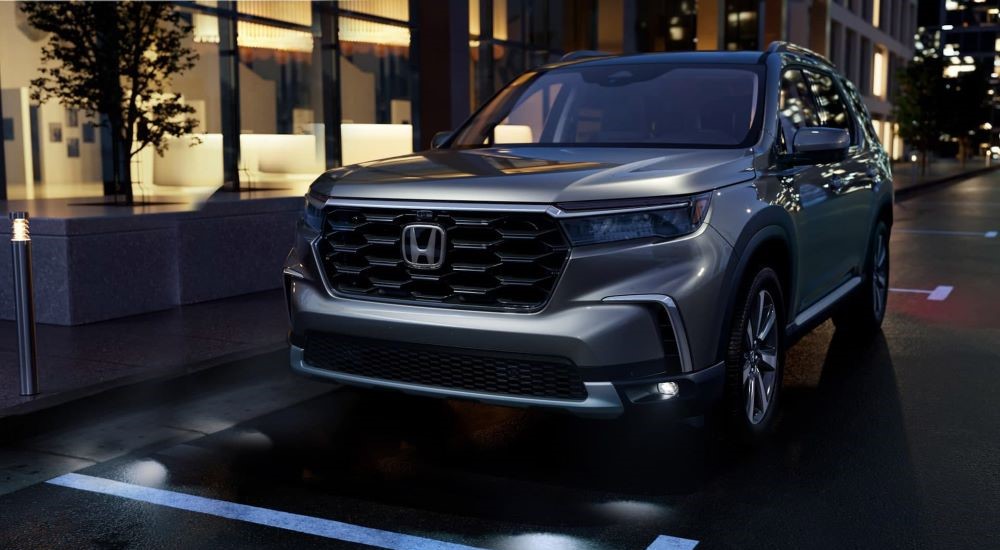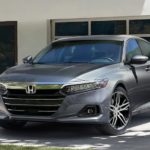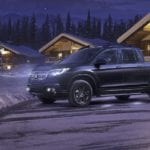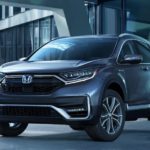It’s easy to look at younger automakers like Tesla and notice their ingenuity and impact on the industry. Tesla’s bravado is well known, with the company defying tradition by sidestepping dealerships and relying on a direct-to-consumer business model. Moreover, the company doesn’t believe in outsourcing, keeping everything in-house and often facing criticism for slow production because of it—at least until the pandemic proved Tesla’s plan had some merit.
Tesla’s newness and overt tendencies to defy convention guarantee the company a few news headlines every week. But challenging the status quo isn’t a market that Tesla cornered. Every Honda dealership across the country is evidence of as much, with Honda praised as one of the most innovative car companies in the world. Is this a far stretch coming from an automotive brand renowned for practicality? Not hardly.
Full Speed Ahead
Most automakers are quick to share their histories, with their websites’ “About Us” pages outlining their origins and highlighting their successes. However, Honda takes a different approach. Instead of starting with its past, Honda begins with its vision for the future, telling its story in reverse. But why is this significant?
Since its founding in 1948, Honda has always taken a full-speed-ahead approach to its business and operations. Co-founders Soichiro Honda and Takeo Fujisawa debuted the Dream D-type motorcycle in 1948 and immediately started looking for growth opportunities. By the 1950s, Soichiro knew those opportunities were few and far between in Japan and positioned the company to make a global impact. Even as a new company, Honda operated at full speed and constantly looked forward, challenging itself to do things differently.
“We have consistently chosen a most difficult path filled with hardships,” Soichiro said. “We must possess the will to challenge difficulties and the wisdom to create new values without being bound by established standards. We do not wish to imitate others.”
This forward focus gave Honda an edge in the industry and the confidence to expand its operations to America in the late 1950s, barely a decade after its founding. Once in America, nothing could stop Soichiro from expanding to other countries. Shortly after, Honda made history as the first Japanese automaker in China, prompting the company’s ongoing growth to markets in Southeast Asia, India, Belgium, France, Italy, and beyond.
Defying Industry Tradition
Tesla’s direct-to-consumer business model means the company doesn’t rely on dealerships—a unique model that streamlines the buying process and redefines the traditional dealership experience. However, it also has a few pitfalls, like eliminating the conveniences a comprehensive automotive center offers. Even so, the industry is learning valuable lessons from Tesla’s unique approach.
If you look closer at Honda’s history and operations, you’ll find something similar. While Honda doesn’t eliminate dealerships, it challenges the traditional business model that major automakers use. For example, the most prominent automotive brands in the industry rely on executives to call the shots from their headquarters. This can mean executives in a Japan office determine what models will work best for drivers across the United States and Canada. However, for Honda, this approach doesn’t make sense.
Instead of giving executives complete control over the entire company, Honda localizes the control to its manufacturing facilities or subsidiaries. As a result, these facilities act as separate entities and have the authority to make decisions based on their markets, overseeing everything from design and engineering to manufacturing. This localization eliminates the globalization of products, allowing Honda to tailor its line-up to its markets and more effectively meet drivers’ needs and exceed their expectations.
Building a Culture of Curiosity
Technology is constantly advancing, introducing the world to tools like Amazon Alexa that let us navigate the mundane tasks of our lives with simple voice commands. Grocery stores rely on tech-savvy machines to help us at self-checkouts, while automakers rely heavily on robots to improve production times and positively impact their bottom lines. Yet, while Honda is quick to adopt new technology and equip its models with features like Amazon Alexa, to improve our experience and focus behind the wheel, the automaker concurrently refuses to adopt a robotic production line.
Honda has one of the most vibrant cultures in the automotive industry. The company is renowned for asking its employees to challenge its design and processes, encouraging curiosity to promote new ideas and ingenuity. Honda isn’t looking for employees who are content assembling one part the same way for a decade; instead, they want their team to look at their work and find ways to improve. The approach is known as “waigaya,” and it’s one reason why robots aren’t welcome in the Honda realm.
For Honda, replacing its workforce with robots means eliminating the curiosity that’s necessary for growth. Soichiro’s hope to never imitate others is still at the forefront of Honda’s operations. Robots streamline the process, mimicking the same motion so that production is like a well-oiled machine. But that machine can’t think or envision ways to improve; only employees on the production line, actively engaged in the work, can do that. With automated production, there’s no room for improvement, creativity, curiosity, or the personal fulfillment that Honda requires.
Synchronization at Its Finest
If you drive a modern vehicle with smartphone integration, think about how seamlessly your iPhone or Android syncs with your car, truck, or SUV. Within moments, you have immediate access to your contacts, apps, messages, and more. You’re immediately connected, giving you the freedom to enjoy your experience behind the wheel and maintain your focus.
Now, think about this seamless synchronization on a larger scale in the automotive industry. It’s impossible for most automakers, but not Honda. Along with its many other innovations, Honda developed and implemented synchronized engineering. Most of the world’s leading automakers rely on engineering teams at their headquarters to manage every step of production at facilities thousands of miles away. The physical distance between the engineers and the facilities doing the actual work is problematic because it creates a delay that only Honda has managed to overcome.
Synchronized engineering ensures Honda remains flexible at its factories. Just as the automaker gives its local facilities autonomy to make decisions and answer market needs, the factories also have in-house engineers that transform the entire production process and ensure installation techniques and model designs are similar. As a result, Honda facilities around the globe can produce hundreds of Civics on an assembly line and, within a few hours, start building the Ridgeline or Pilot on the same line with simple retooling. This synchronicity is unheard of and gives Honda a distinct advantage in the industry, further complementing Honda’s belief in keeping its workforce in place to promote curiosity and further innovation.
The Honda Factor
Honda’s reputation for practicality is unquestionable, with models like the Civic, Accord, and CR-V exuding this characteristic and offering exceptional functionality, versatility, and longevity. But there is much more to Honda than models that can serve drivers for hundreds of thousands of miles. There’s another realm to the automaker that exudes ingenuity, challenging the status quo and setting new benchmarks by going against tradition.
Honda is easily one of the most innovative automakers in the industry, but it’s not often in the spotlight for how it’s impacted the global automotive landscape. Instead, we tend to think of Honda as the tortoise in the race against the hare, where slow and steady wins the race. But, ironically, Honda’s upward trajectory in the industry has been anything but slow, and the only thing steady about Honda is its constant focus on how it can improve and differentiate itself in the race to put the world on wheels.
